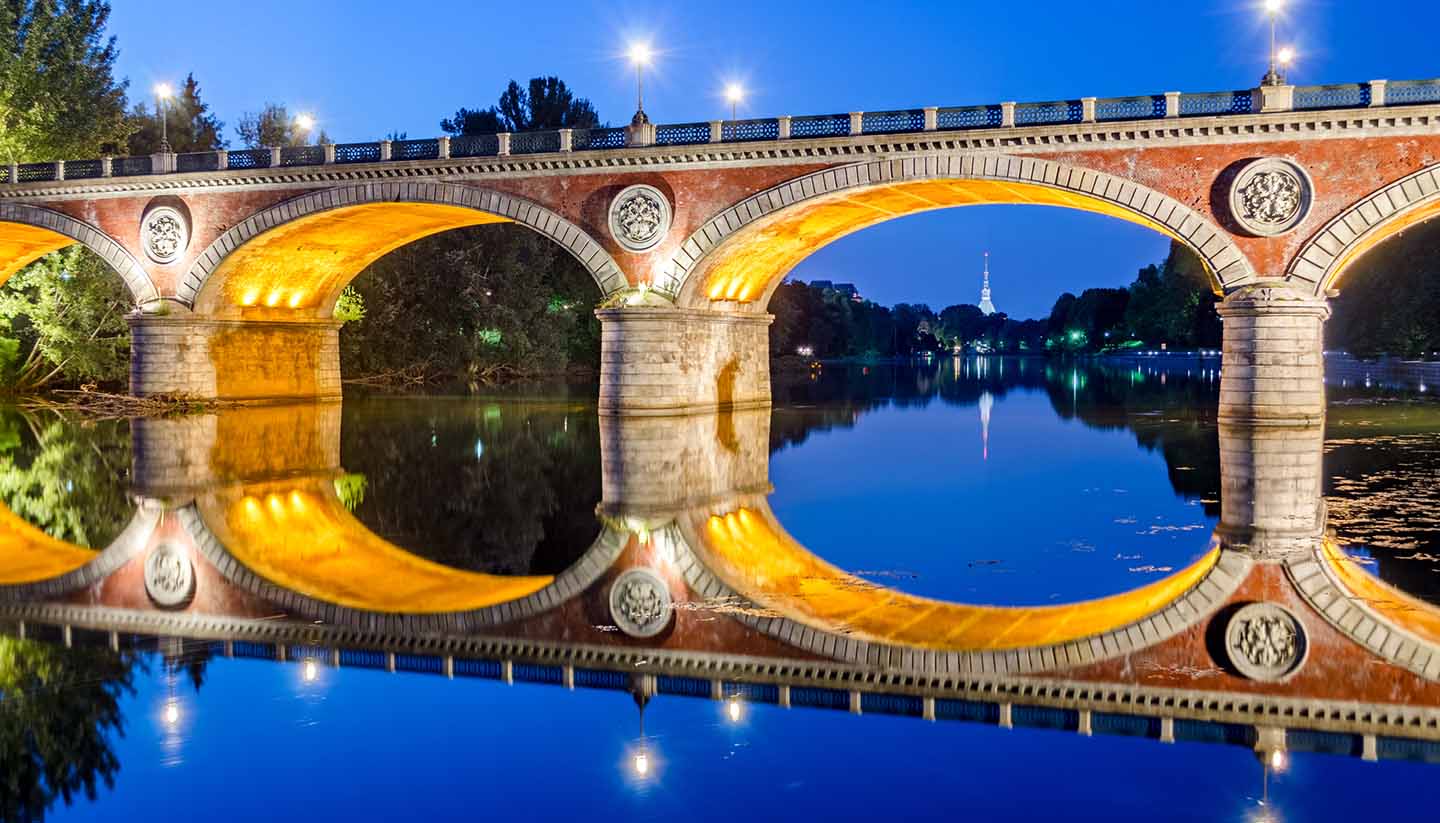Turin History
The city of Turin, capital of Piedmont, is known historically for two things: the car giant Fiat, which was born here in 1899, and the Shroud of Turin, believed to be the burial cloth of Christ. But its history stretches far beyond these two highlights.
Like many Italian cities, Turin probably takes its name from an ancient Celtic tribe called the Taurini, said to have occupied the heart of Piedmont.
Hannibal destroyed the city in 218 BC, and a couple of centuries later, Turin became home to an important Roman military camp.
In the Middle Ages, after the Roman Empire crumbled, Turin was overrun by Lombards, Franks and Goths until it began to be absorbed into the powerful House of Savoy.
By the 15th century, it became one of the most fundamental cities in the unified dukedom, and finally the capital of the burgeoning state. Lavish palaces were left behind by Savoy rule.
The French continually harried Turin, besieging the capital in the mid-16th century and again in 1706 during the Spanish War of Succession. Napoleon later seized the city during his ‘liberation’ of Italy, after which the House of Savoy was restored in 1814.
Turin became the first capital of unified Italy in 1861 and grew into one of the industrial powerhouses of the new state. Migrants from across the country flocked to work in the factories of Fiat and other producers.
Under Mussolini, who took control of the country in 1922, Fiat was made to produce military technology for the army. This made it a target for Allied bombing in WWII, which heavily damaged the city.
Turin was one of the quickest cities in Italy to recover in the post-war years, driving forward the country’s economic miracle through its automotive industry. Unfortunately, it was hit by severe crisis in 1980s from which it has never quite recovered, having lost a large portion of its population. In 2006 it hosted the Winter Olympics, which provided a much-needed boost.
Did you know?
• The ancient settlement of the Taurini is actually thought to have been made up of two distinct ethnic groups, Celtic and Ligurian.
• Turin’s main icon, Mole Antonelliana, was originally planned as a synagogue, but the Jewish community and the architects are thought to have fallen out over spiralling costs.
• The French never quite gave up hopes of controlling Turin. There is evidence that they planned to annex the area during WWII, which might explain why the French army unexpectedly took the city during the Allied advance through Italy towards the end of the war.


